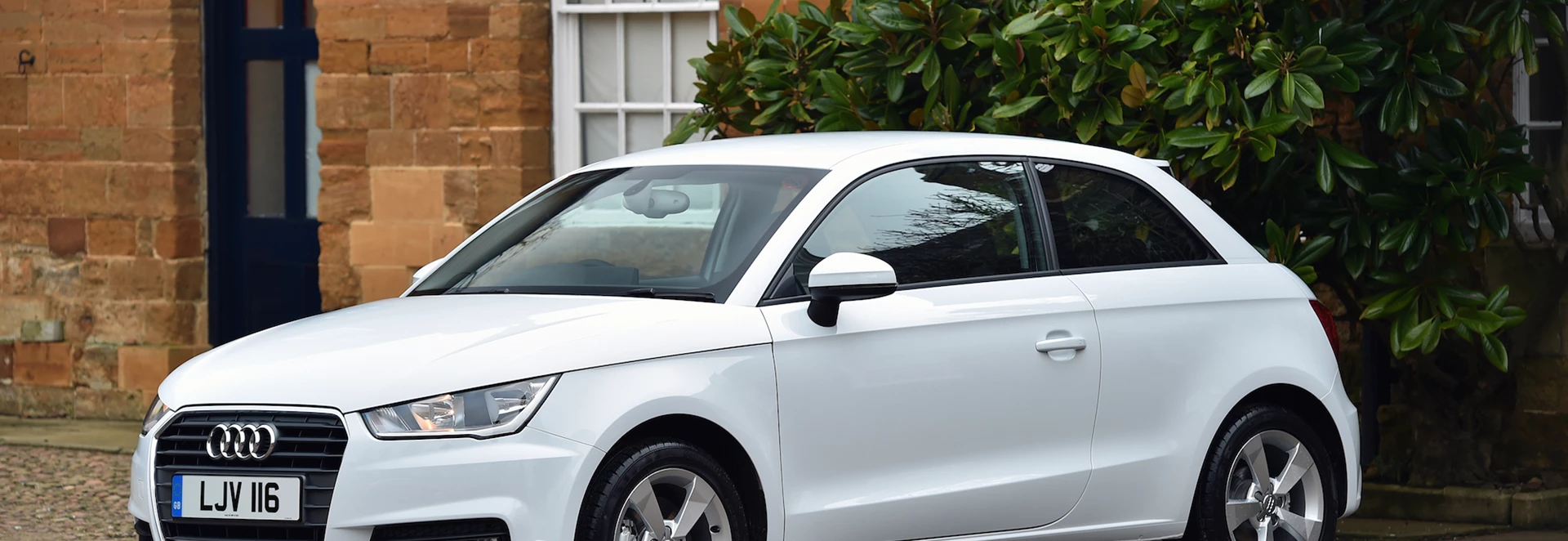The humble hatchback is one of the most popular types of car, not least because it’s available in all shapes and sizes, from city cars to large executive models.
But what defines a true hatchback, and which are the best ones to buy? Find out with our handy guide.
What does hatchback mean?
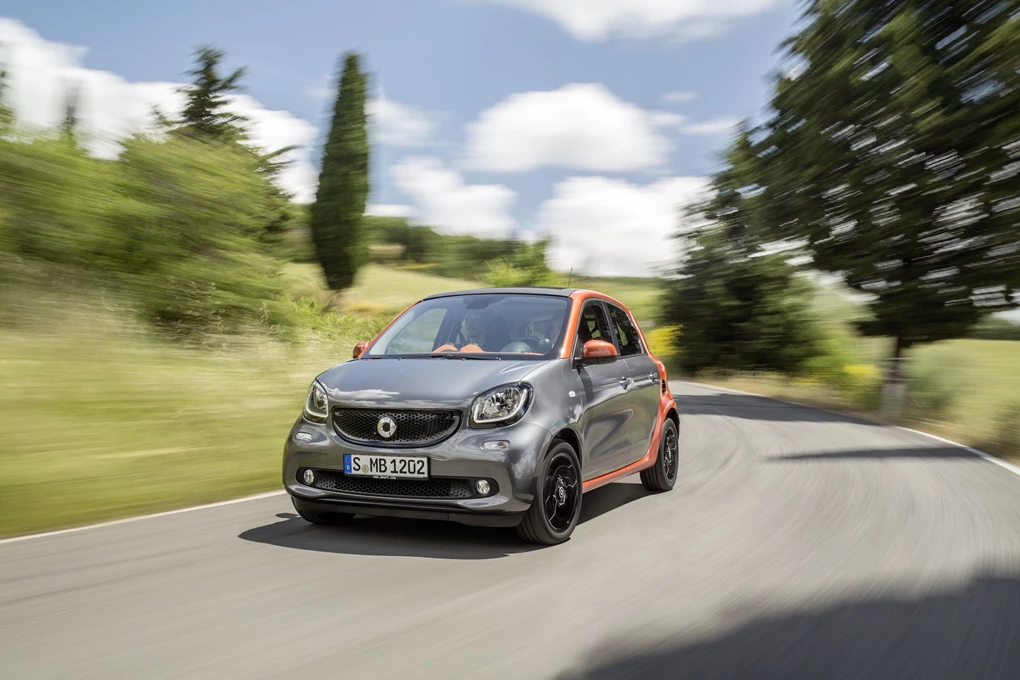
Put simply, a hatchback is a car with a lift-up tailgate rather than a traditional boxy boot. An estate car is different, as it has a much larger load area and a longer roofline. Traditionally, a hatchback is smaller and more of an ‘average’ size.
The term ‘hatchback’ was first used in the 1960s, and while a few niche models had appeared with a lift-up tailgate before then, it was Renault that created the first commercially successful hatchback with the R16 in 1965. Other manufacturers followed suit, the Austin Maxi appeared in 1969, the Fiat 127 in 1971 and the Volkswagen Passat in 1973.
Since then, sales of hatchbacks have gone on to outstrip those of traditional saloons across the world, and while recent years have seen hatchback numbers fall back due to the popularity of crossovers and SUVs, they remain the most popular segment of the new car market.
The difference between hatchbacks and saloons
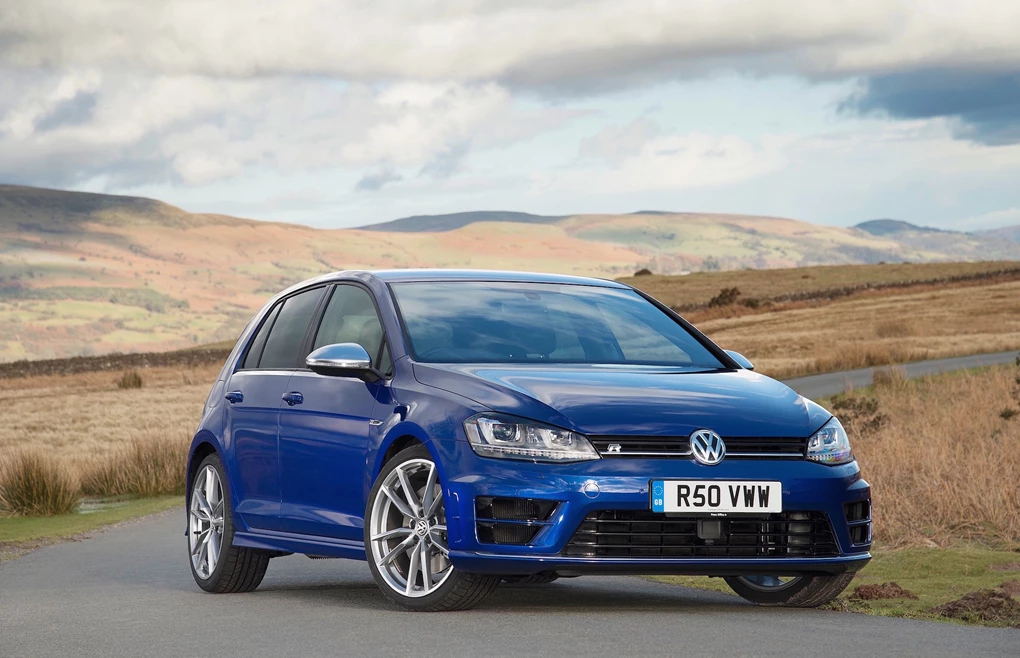
There are advantages and disadvantages to owning a hatchback over a saloon. Starting with the negatives, hatchbacks are generally considered less secure as the glass area can be smashed should a thief wish to break into the luggage compartment, although this is far less of a concern with modern cars than it used to be in the past. With a saloon, the boot can be secured independently and is fully encased in metal.
The body structure also means that hatchbacks have an ‘open’ rear, meaning that they tend to suffer greater road noise and have less lateral stiffness than comparable saloon models. This is why German compact executive cars like the BMW 3-Series and Audi A4 tend to retain a four-door saloon layout, as it is more suited to the performance-oriented motorist.
However, these is very little difference these days, and the sheer number of ‘warm’ hatches and hot hatches on the market shows that a car can be both a hatchback and also be extremely rewarding to drive.
Significant advantages of hatchbacks include better practicality thanks to the larger load height and folding rear seat layout, ideal for bulkier objects. Their popularity in the market also means that – aside from premium-badged models – they tend to hold their value much better than saloons as well.
What to look for in a hatchback
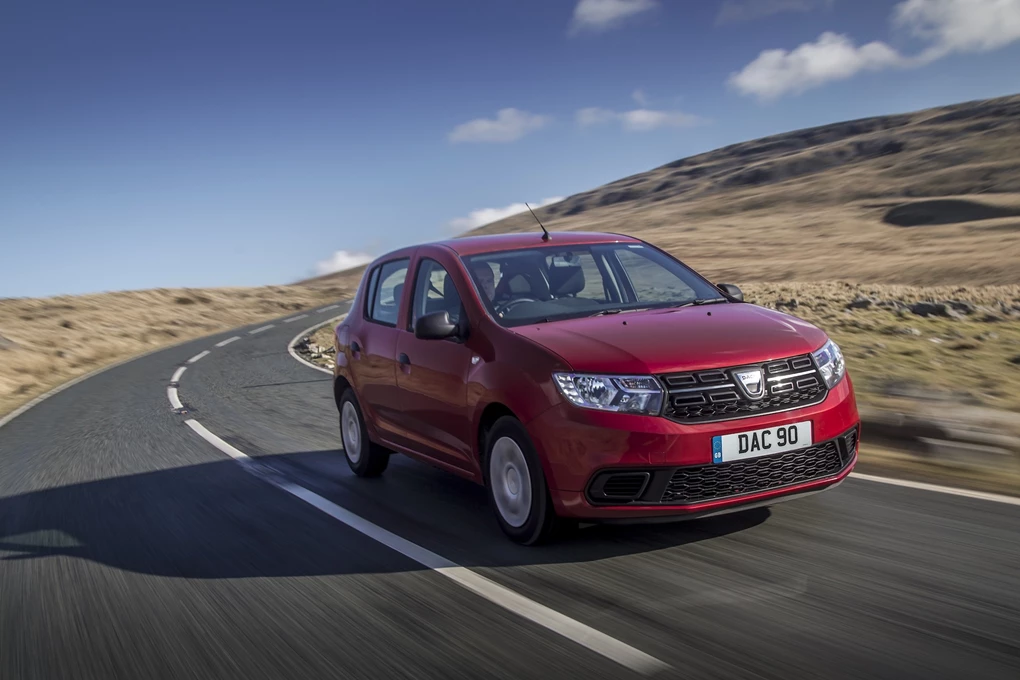
There are a number of things that make some hatches stand out as better than others, so if practicality is key then look for models with clever rear seating arrangements. Most have a split-folding rear seat back, but seats that fold in such a way that they give a completely flat loading floor are an advantage.
Or, what about those occasions where you still need to ferry the kids about but need to slightly increase the boot space? There are quite a few hatchbacks on the market today that have sliding rear seats – the children will happily give up some kneeroom for a Christmas tree, for example, providing it’s not for every journey.
Also, look at the height and design of the rear bumper – if you’re always getting things in and out of the boot, you want a nice, low load area and a bumper that’s not likely to get marked or scuffed by heavy objects.
Most popular hatchbacks
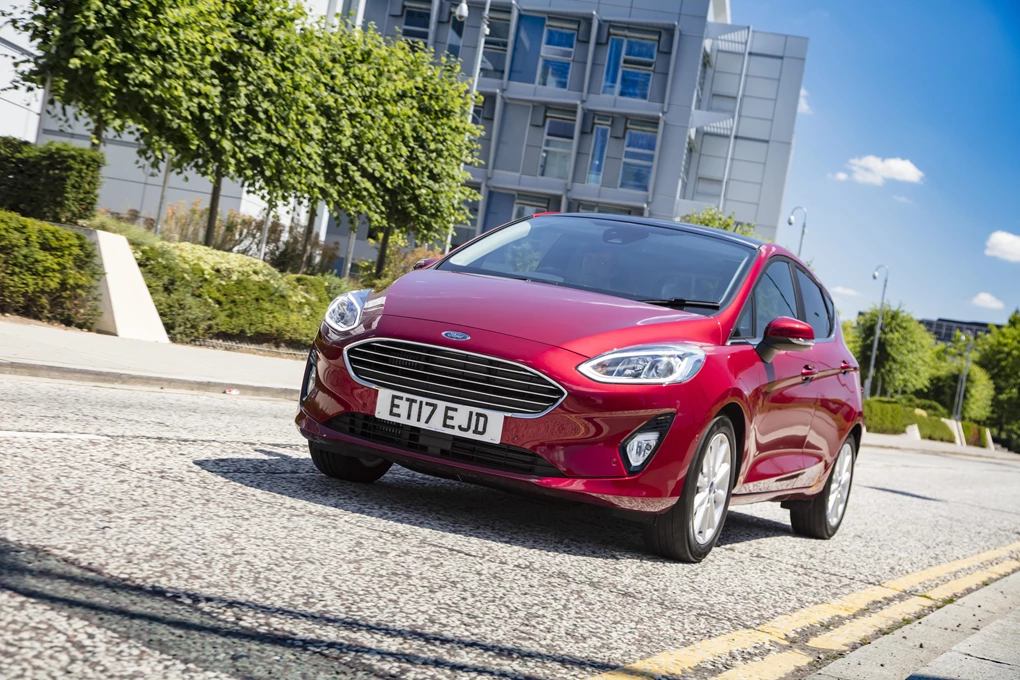
Eight out of 10 of the UK’s best-selling cars are hatchbacks, with the Ford Fiesta taking top spot. The other best sellers are the Volkswagen Golf, Ford Focus, Vauxhall Corsa, Volkswagen Polo, Vauxhall Astra, MINI and Mercedes A-Class.
Best hatchback cars
In the market for a hatchback? Head over to our handy guides to check out the best ones your money can buy:
Top ten best family hatchbacks
